An Oxford physicist tries to cast doubt on dark energy, but the data says otherwise.
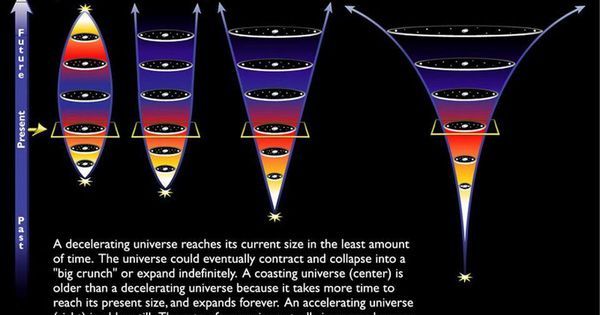

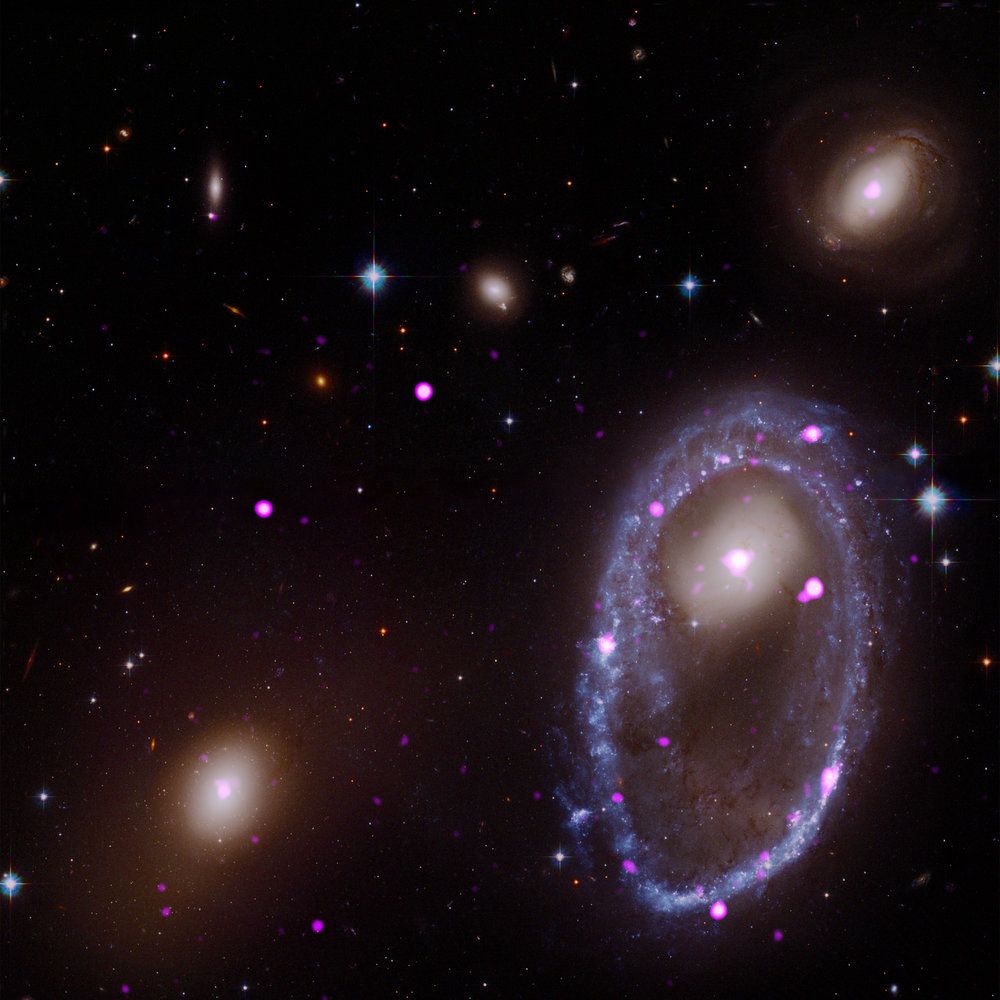
ESO, european organisation for astronomical research in the southern hemisphere.

Jocelyn Bell Burnell was a PhD student at Cambridge University some five decades ago when she made an astronomical discovery while reviewing data from a radio telescope: faint, repeating pulses of radio waves.
These signals came to be known as pulsars, a type of neutron star described by Scientific American as “a city-sized collapsed core of a massive sun that is made of degenerate matter and throws off lighthouse-like beams of radio waves.” The discovery was a leap forward: It pointed to the existence of black holes, provided evidence for gravitational waves, and much more.
It also yielded a 1974 Nobel Prize—but not for Bell Burnell. Instead, the prize went to Antony Hewish, Bell Burnell’s PhD supervisor, the Guardian reports.
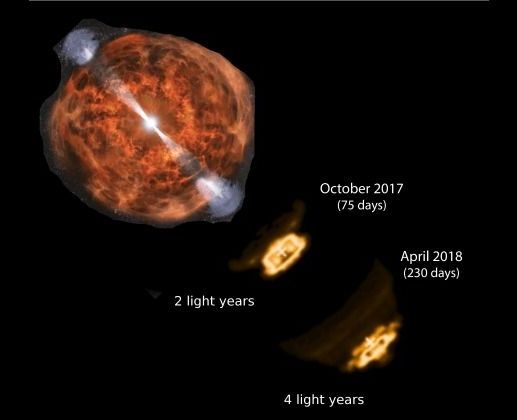
When two neutron stars collided in August of 2017, the resulting black hole emitted a jet of cosmic material at extremely high speed.
As reported by the Inquisitr in June 2018, the collision of two neutron stars in the cosmic event known as GW170817, perceived by humans in August of last year, appears to have created a black hole. It also appears to have created a jet of superfast material, detected and measured by a collection of National Science Foundation radio telescopes, and the results of those measurements seemed to show the jet moving at nearly four times the speed of light, an impossibility in our current understanding of the laws of physics.
In observations less than half a year apart, the jet seemed to cover a distance greater than two light years. Since a light year is defined as the distance light can travel through a vacuum in a year, that would indicate that the jet was hurtling toward Earth at nearly four times the speed of light, according to Space.com.
We could be living in a multiverse with an infinite number of universes.

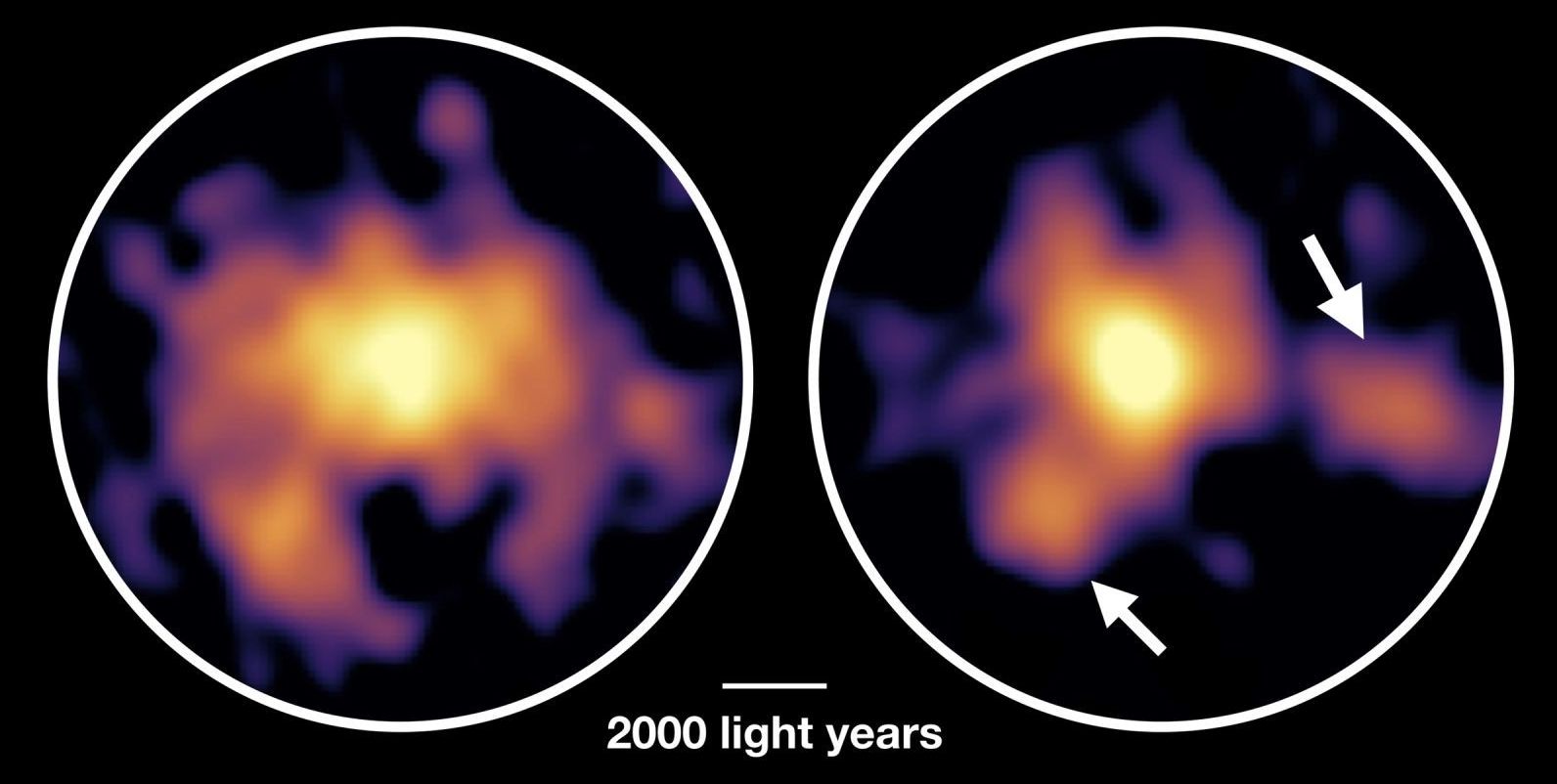
Chile’s Atacama Large Millimeter/submillimeter Array (ALMA) has observed a galaxy that looks nothing like what researchers expected. It’s forming stars at an absolutely incredible rate.
The “Monster Galaxy”, also known as COSMOS-AzTEC-1, formed just 2 billion years after the Big Bang, and it turns more than a thousand Suns worth of gas into stars each year. Scientists still don’t understand these early galaxies very well, but now they have some new information that can shed light on why they form stars so blisteringly fast.
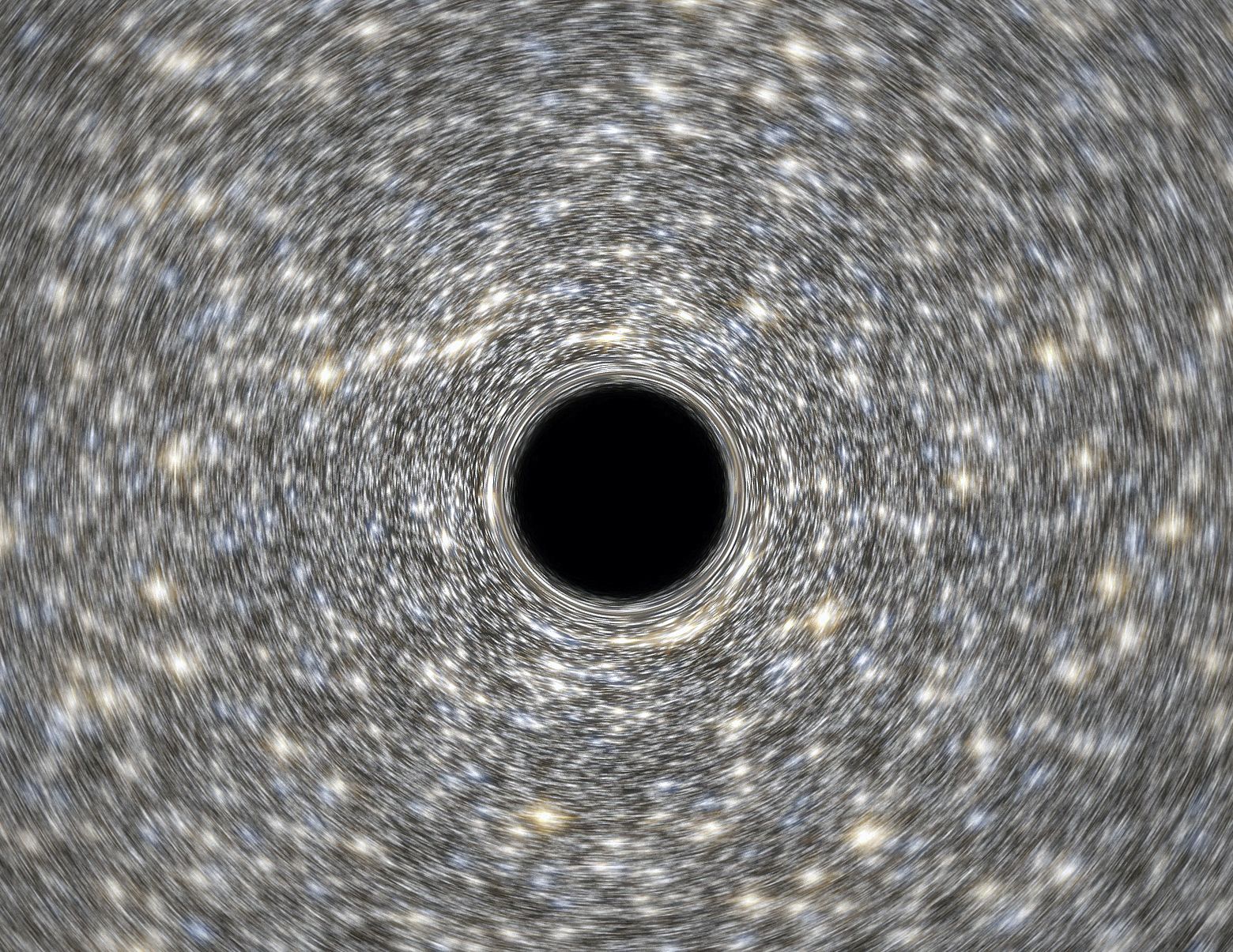
It’s common knowledge that, because of the speed at which light travels, we can see things in space that aren’t even there anymore. If we peer at a distant galaxy we’re really only seeing what the objects within it looked like when the light itself was beaming in our direction. If the galaxy is a thousand light-years away, we’re seeing what the galaxy looked like a thousand years ago.
Now, researchers believe that they may be able to use a similar technique to search for black holes that don’t exist anymore. The only difference is that the black holes aren’t just from long ago, they’re from an entirely different version of the universe. Woah.
A research team comprised of scientists from Oxford University, the University of Warsaw, and the New York Maritime College, believe they have evidence that points to the leftovers of a black hole that existed in a universe that preceded the one we’re currently living in. However, rather than visible light, the black holes leave behind what is known as cosmic microwave background radiation, or (CMB).
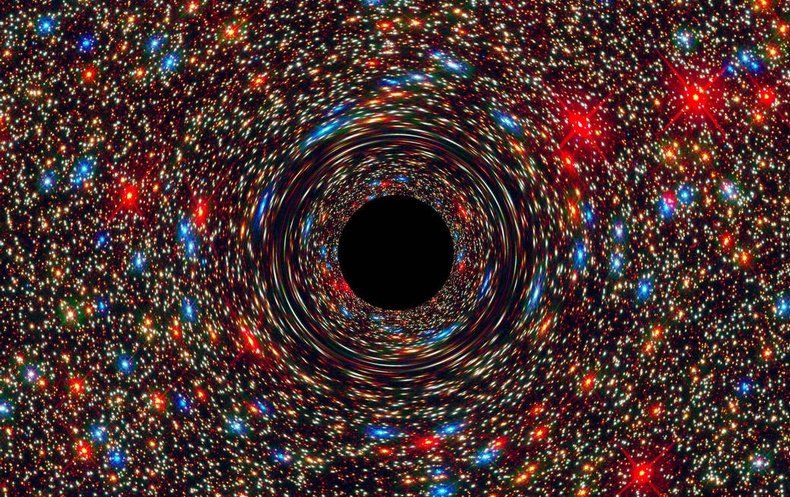
Researchers make significant progress toward proving a critical mathematical test of the theory of general relativity.